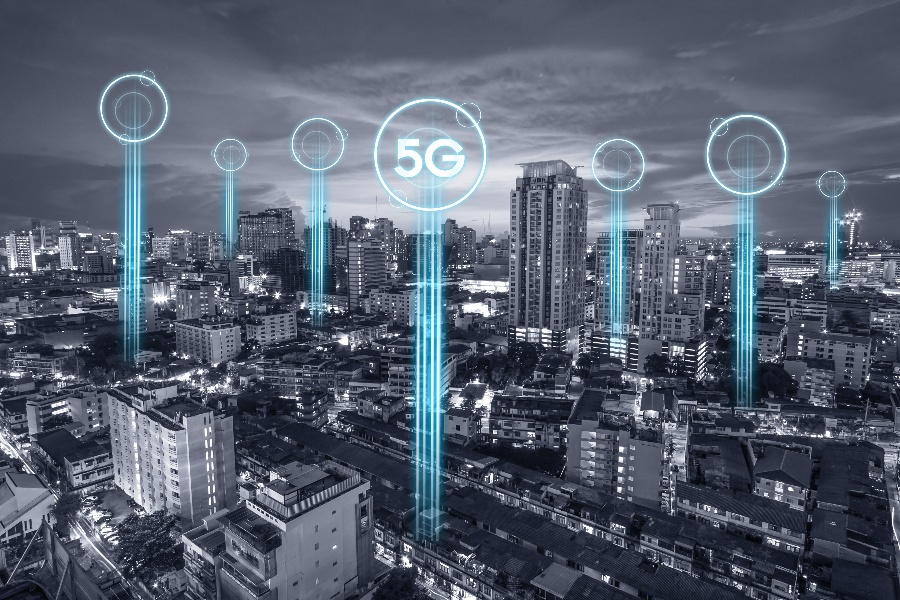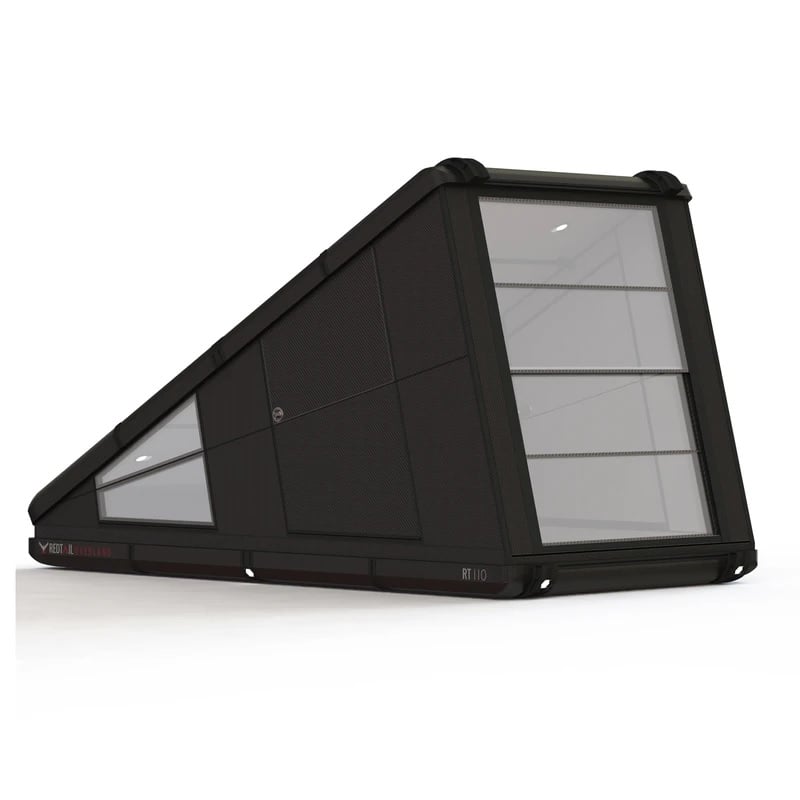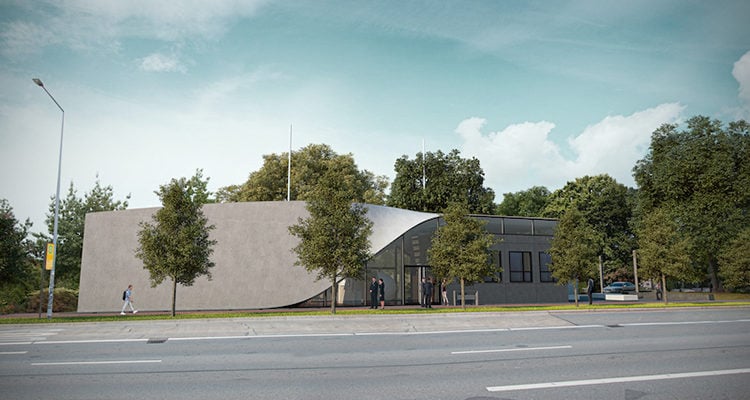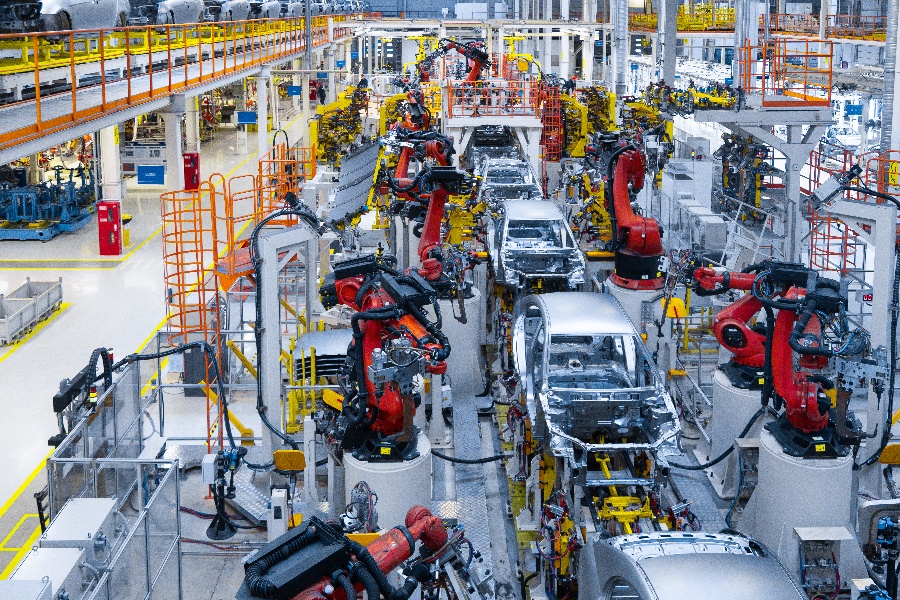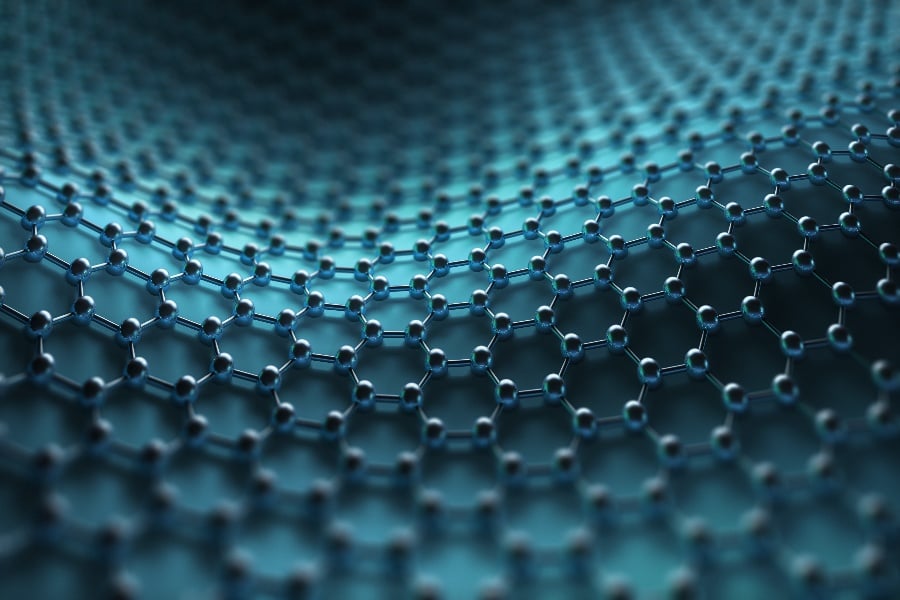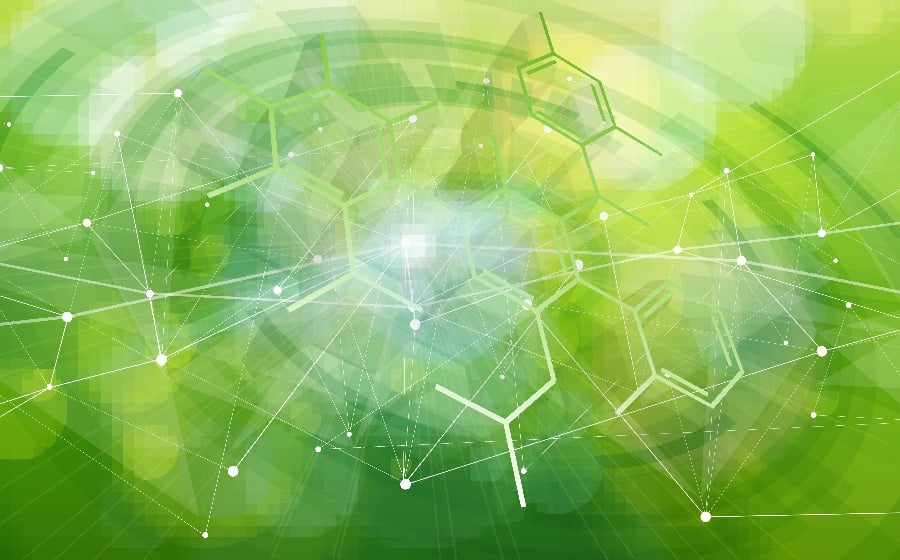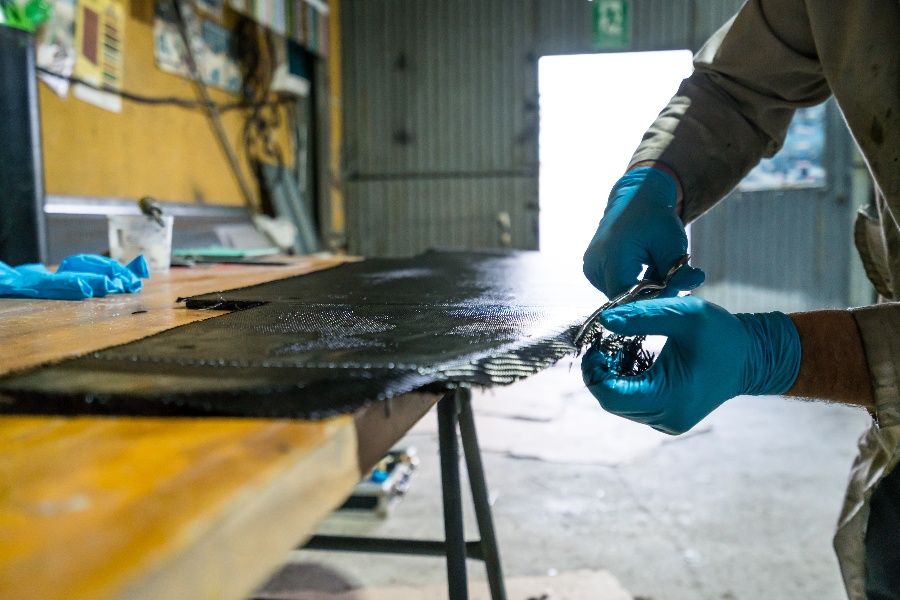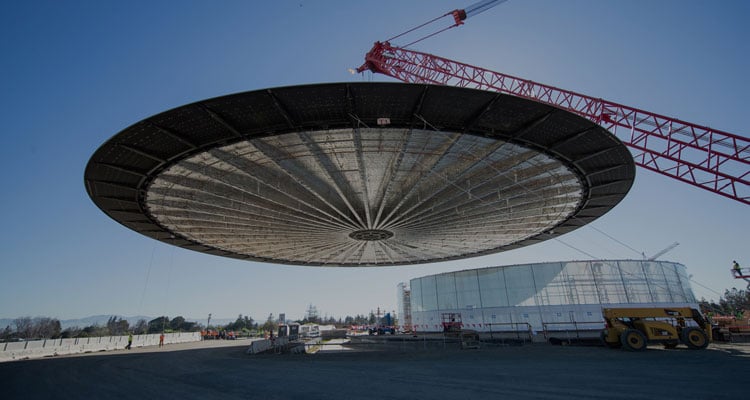
Fiberglass pultrusion provides a wide range of compelling advantages that are not available in any other type of product.
Besides being a strong and lightweight material, there are other attributes to fiberglass pultrusion products.
Fiber-reinforced polymer (FRP) composites comprise of a designated polymer that has been reinforced with fibers.
FRP composite profiles are typically glass, carbon, or aramid based while the polymer is usually an epoxy, vinyl ester, polyurethane, or polyester thermoset.
FRP specifically employs the fiber material to mechanically enhance the properties of the original resin (also referred to as the matrix). The strength of the FRP depends on the mechanical properties of both the fiber and the matrix. So, in this case, it depends on:
- their concentrations relative to one another,
- the fiber length and orientation/direction within the matrix.
The Manufacturing Technique
Pultrusion has become the manufacturing process method of choice for FRP composites here at Tencom.
Pultrusion is a manufacturing process whereby reinforcing fiber material such as fiberglass roving, mat or cloth, is drawn through a wet bath of resin (can be polyurethane, polyester or other thermosetting resin matrices) in which all material is thoroughly soaked with the liquid resin.
The resulting wet-out fiber is formed to the shape of the mold and “pulled” through a heated steel die. Inside the die, the curing process begins by precisely controlling elevated temperatures. The laminate solidifies in the shape of the die employed as it is continuously “pulled” through the pultrusion machine.
Fiberglass rovings provide the high longitudinal strength of pultruded profiles. Additionally, the roving provides the tensile strength required to pull the other reinforcements (such as mat) through the die.
Fiberglass
Here's a rundown of the many features fiberglass has to offer:
- Corrosion Resistance ─ If your project involves installation in a harsh environment, fiberglass pultrusion delivers superior resistance to corrosion when exposed to a wide range of materials, both acidic and alkaline.
Compared to many materials in this environment, it provides sustainability while improving worker safety and reducing the maintenance labor and costs for the facility. Because of this, it doesn't have to be replaced or repaired as often as other materials, lowering the total cost of ownership. It also provides options for outdoor storage, allowing you to keep it in acid rain conditions where other materials would not do as well. - Electromagnetic Transparency ─ Today's connected world is all about wireless connectivity, and being able to use your communication tools in your work environment is an essential part of being a modern, digitized enterprise.
Fiberglass pultrusion has exceptional electromagnetic transparency. Radio waves, whether in the form of traditional two-way radios, cell phones, Wi-Fi, or Bluetooth connections, are able to easily penetrate fiberglass products, delivering superior connectivity over steel, aluminum, concrete, and a wide range of other materials. - Consistent Cross Section ─ The fiberglass pultrusion process allows for ultra-fine tolerances for your project. Pultrusion draws the fiberglass material through a heated fixed dimensional forming die which maintains the size variation down to extremely exact dimensions.
Combined with the superior dimensional stability of pultruded fiberglass products, this is a material that won't bind up, catch or rub on other parts of your assembly. This also reduces or eliminates the need for customized milling in the field to get a product that is close to tolerances, but not close enough, into use.
- High Strength ─ If your project demands solid structural design, fiberglass pultrusion outperforms many materials on the market. It has exceptional strength under high impact, making it a great option for protecting other surfaces that may be less durable, such as ramps, decks, barns, porches, medical facilities and gymnasiums.
- Electrical Insulation ─ Electricians and first responders use tools with fiberglass handles and fiberglass ladders to get the job done. In an environment where insulation from electrical shock is a key requirement, fiberglass pultrusion products can stand up to the task.
Fiberglass is a non-conductive material that delivers superior strength, rigidity and performance. It's also non-magnetic and has a predictable insulation value against electrical shock, making it a sure bet in your project specifications.
- Superior Dimensional Stability ─ Pultruded fiberglass profiles provide superior dimensional stability and don't warp, stretch or swell.
If your project demands close tolerances or reduced damage to structural components, fiberglass delivers solid results. Even when it's under high stress, it never forms a permanent set point, the pultruded fiberglass profile maintains its integrity.
- Thermal Insulation ─ When the feature you're installing needs to maintain thermal properties through a wall cavity or on a surface, fiberglass pultrusion delivers strong performance.
It has 1/250 the thermal conductivity of aluminum and 1/60 the thermal conductivity of steel, drastically lowering thermal transmittance in a project. For this reason, it also reduces condensation buildup which can be problematic in some situations, while reducing overall insulation needs.
FRP composites can be used for infrastructure, aerospace, and transportation. Additionally, these can also be used to enhance home interiors and exteriors.
This is because one of the most highly desired properties of pultruded products is that they are water-resistant. Issues such as rust, rot, corrosion, and warping do not occur with pultruded profiles. That is why today, project engineers, developers, builders and architects are increasingly using fiberglass in home applications for new construction as well as renovation work.
The Takeaway
Tencom is constantly seeking to update our value-added services and finding new ways to innovate the fiberglass industry. Drawing from extensive knowledge and experience, we have formulated specialty resin systems to manufacture reinforced fiberglass for certain results, such as enhanced fire retarding, or super strength.
Raw materials used in our formulations include epoxy, high-temperature vinyl ester, fire retardant polyester, fire-retardant vinyl ester, polyurethanes, and bonding resins. The materials are then pultruded using our exclusive process and equipment.
Our unique reinforced fiberglass is available in lengths of 5" to continuous spools, in thicknesses of 0.060" to 2", in variable widths, and a tolerable temperature range of -50°F to 450°F. The turnaround time for products made with the specialty resins is 6 to 8 weeks for tooling, 3 - 4 weeks for production.
The applications for this type of reinforced fiberglass are virtually unlimited. For more information about our manufactured reinforced fiberglass or our other offerings please take a look here or contact us directly.




